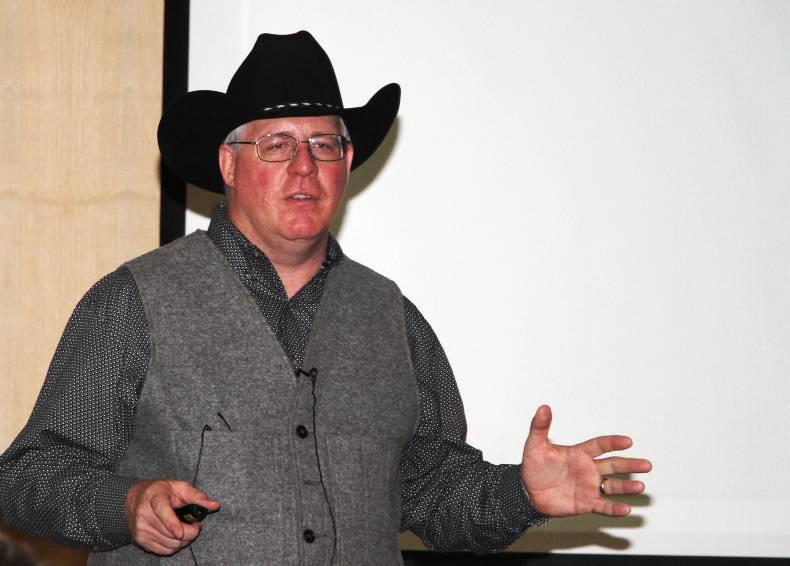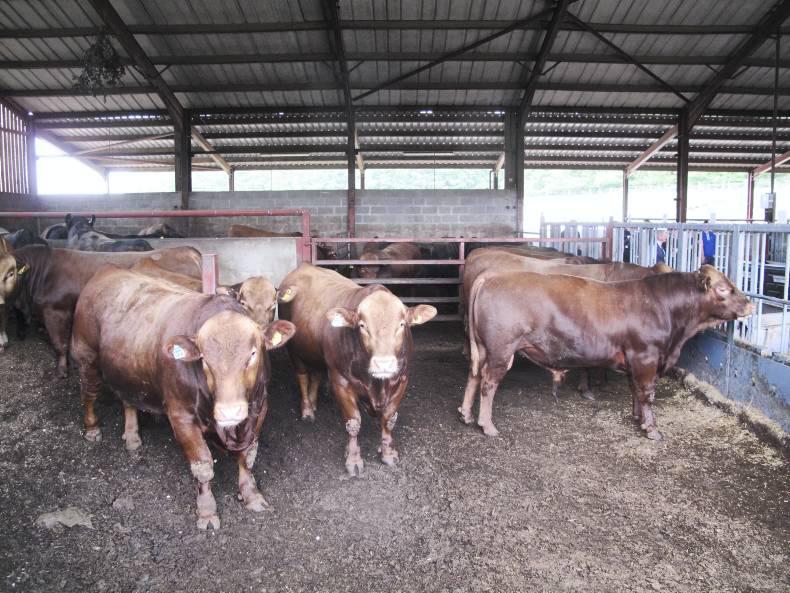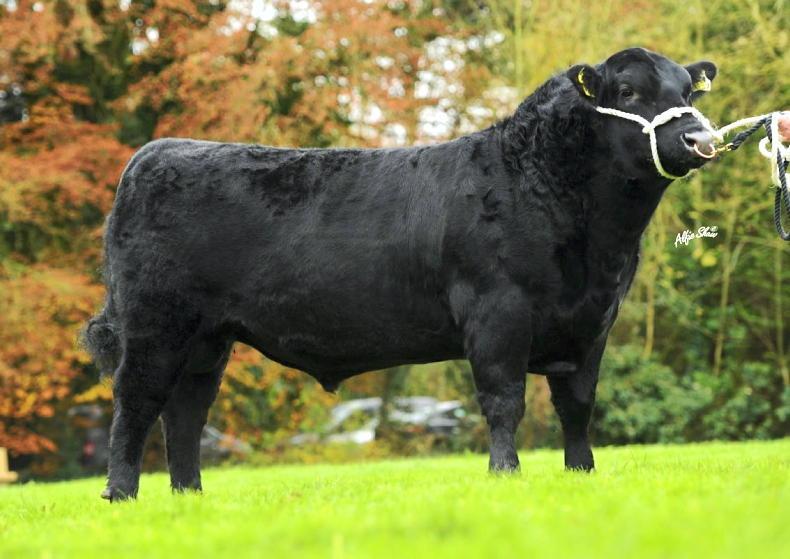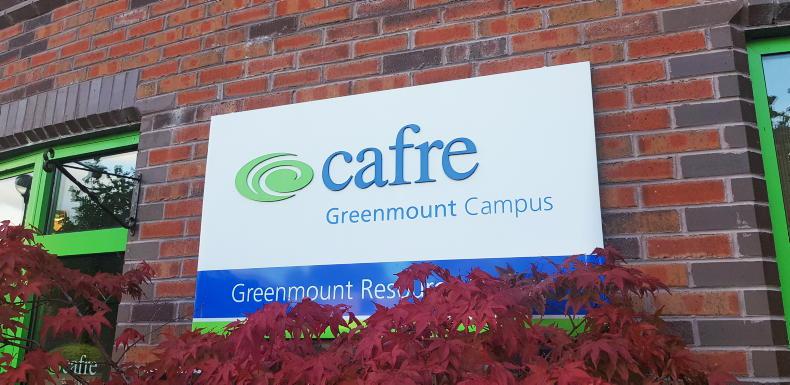The American breeder behind Stabiliser cattle, Lee Leachman, was in England and Scotland recently addressing farmer meetings organised by the Stabiliser Cattle Company.
The Leachman name is well known within beef breeding circles in the USA, with a history that goes back to the 1930s. In more recent times, the Leachman Cattle Company of Montana, which operated from 1973, sold upwards of 3,000 breeding bulls per year.
However, that company was liquidated in 2003 after an unsuccessful attempt to move into selling carcase beef. That led to a family split, with Lee Leachman moving to Colorado to set up the Leachman Cattle Company of Colorado (LCoC). His company now sells over 1,000 bulls per year, including Angus, Red Angus, Stabiliser, Charolais and Simmental.
This is achieved through a network of 37 farm businesses, which own around 7,500 cows. LCoC direct the AI matings on the vast majority of these animals, mainly using performance recording figures and to avoid in-breeding.
Listen to an interview with Lee Leachman in our podcast below:
Around 1,500 bulls are brought to a central test facility each year and evaluated for production traits, such as growth and feed efficiency. The clear focus is on profit.
“It is the only trait to select for. We are breeding shorter cattle. We are not selecting for bulls that you will think are pretty. More output from less input will increase profit,” said Leachman.
He believes that many of the breeding programmes and pedigree breed societies in Britain and Ireland have got it wrong and are breeding an animal that will result in less profit on farms, not more.
Stabiliser
While Angus is the most popular breed in the US, the Stabiliser is the breed most associated with the Leachman name.
They were first developed at the Meat and Animal Research Centre (MARC) in Nebraska and were based on a four-way cross between Red Angus, Simmental, Hereford and Gelbvieh.
The work sought to exploit the potential of hybrid vigour, with research identifying a 23% production benefit per cow from cross-breeding.The composite produces a uniform animal, something that is often difficult to achieve in normal cross-breeding programmes.
Over the years, the make-up of the Stabiliser has continued to develop, with the Hereford now taken out of the breed mix.
Stabiliser cattle were first brought into Britain in 1998, with 100 embryos imported by the Beef Improvement Group (BIG) in Yorkshire, which subsequently formed the Stabiliser Cattle Company (SCC) and owns the Stabiliser trademark in the EU.
There are now 8,930 performance-recorded females in 85 herds across Britain and NI, with the breeding programme and bull sales managed centrally. All pedigree herds must performance-record.
While the SCC continues to develop the breed within the UK, with 240 bulls performance-tested at a facility in Yorkshire each year to identify the most feed efficient animals, new genetics are also brought in annually in the form of embryos from LCoC.
There are a number of suckler herds in Northern Ireland now with Stabiliser bulls and Stabiliser herds at two government-owned farms – CAFRE Greenmount and the Agri-Food and Biosciences Institute (AFBI) at Hillsborough.
Fundamental change in beef breeding
With increasing use of DNA technology, there is the potential to make rapid progress over the next 10 to 15 years, maintains Lee Leachman.
The direction of travel will be dictated by the traits selected for in-breeding programmes. At present, for his breeding programme, that means producing cattle with less bone and more muscularity (higher carcase weights), more marbling (for eating quality) and which eat less for each kilogramme of liveweight gain.
“If we are going to have more muscularity but lower birth weights (for calving ease), we are going to have to take bone out. If I sell a bull that causes calving difficulty, I lose a customer,” explained Leachman.
However, it is the selection for intake that is perhaps now the greatest driver within his cattle-breeding programme.
In the late 1990s when average mature cow size hit 650kg, it caused Leachman to rethink breeding goals. In 2003, he started selecting cattle on the basis of dry matter intake (DMI). Since then, the mature cow weight of his Stabilisers has been on a downward trend.
He firmly believes that when it comes to cow size, the beef industry in Britain and Ireland has been heading in the wrong direction.
“From 1985 to 1995, we selected for growth rate and it resulted in no increase in profitability. In the UK, beef value is going up, but intake is going up, calving ease is going down, longevity is going down and the ability to breed at 15 months is going down.
“Higher growth animals reach larger weights at a given age. They eat more feed, which results in larger mature size. Remember, higher output per cow is not profit,” he said.
Within a suckler herd, the sire of the cows is probably, on average, a 2006-born bull.
“His growth potential is probably much less than the bull you buy in 2016 – that bull is going to make you a cow bigger than any cow you have ever had. Why do you need a cow weighing more than the slaughter weight of your bull calves?” asked Leachman.
Analysis of data has consistently shown that lighter cows produce a greater percentage of their body weight as weaned calf, so are inherently more efficient.
In turn, Leachman believes that farmers should therefore be thinking about profit per acre, not profit per cow, with stocking rate critical to maximising returns.
The other fundamental is that the market increasingly wants 280kg to 380kg carcases, not the 400+kg carcases typical of the specialist suckler industry in Britain and Ireland. Most Stabiliser cattle will be finished to a maximum of 340kg.
Feed efficiency
However, perhaps the main area where significant financial gain can be realised is selection of bulls on the basis of net feed efficiency (kg feed intake for kg of gain).
The intake records of over 14,000 individual animals have now been measured by LCoC, allowing a net feed efficiency prediction to be created for breeding bulls.
In 2009, it tested the theory with 500 steers on a feedlot bred from a range of performance recorded bulls. The steers were split into pens on the basis of sire.
The results matched closely with the predictions for each bull, with a range of £110 (€150) in feed costs from the top- to bottom-performing animals over the finishing period.
“That result fundamentally changed our business, as it has a major impact on profitability of a finisher. The trait is highly heritable,” said Leachman.
He quoted figures from the same feedlot, where the feed conversion efficiency in 2008 across the 500 steers was 6:1, but by 2013, and after five years of selection for bulls with high food conversion efficiency, the rate had improved to 4.8:1.
Top-performing bulls now have a feed conversion efficiency of 4:1.
Looking ahead, he recognises that continuing to put downward selection pressure on intake while expecting more output could have unintended consequences.
“If we continue to select for lower intake, we are going to find something we don’t like as well – maybe milk or calf survivability will fall, but if we measure it, hopefully we can fix it,” he concluded.
Evolving breed of Stabilisers in Britain
The Stabiliser breed is managed centrally by the Beef Improvement Group (BIG) in Yorkshire, which selects and markets all purebred genetics. Sales are conducted direct from farm to farm.
According BIG technical director Richard Fuller, the decision to import Stabiliser was made due to the increasing Holstein influence over the suckler herd in the 1990s, which was having a negative impact on overall efficiency.
The programme has mainly been designed to sell low-maintenance females with the ability to calve at 24 months with little or no assistance, produce a calf each year and with excellent longevity.
“We feared males would be a real drag on the system, but that hasn’t been the case,” said Fuller, given their ability to finish easily within weight specs.
Listen to an interview with Richard Fuller in our podcast below:
Over the last six years, SCC has selected for growth rate and carcase weight and managed to double beef value, while keeping calving ease figures flat.
The focus now is on net feed efficiency, with a five-year intake trial involving 240 bulls per year started in 2012 designed to find the most feed-efficient animals. The project ends next year, but Fuller is sure that it will be continued indefinitely.
“The selection of highly efficient breeding bulls can save £100 (€135) per cow / calf unit per year in feed cost alone,” he maintained.
He has also developed a supply link with British supermarket chain Morrisons, with 8p to 12p/kg price premiums for young bulls at 12 to 14 months of age and within a 320kg to 370kg weight limit.
On steers, premiums are available for 16- to 20-month animals from 300kg to 390kg.
Listen to a farmer interview on the use of the Stabiliser breed in our podcast below:











SHARING OPTIONS